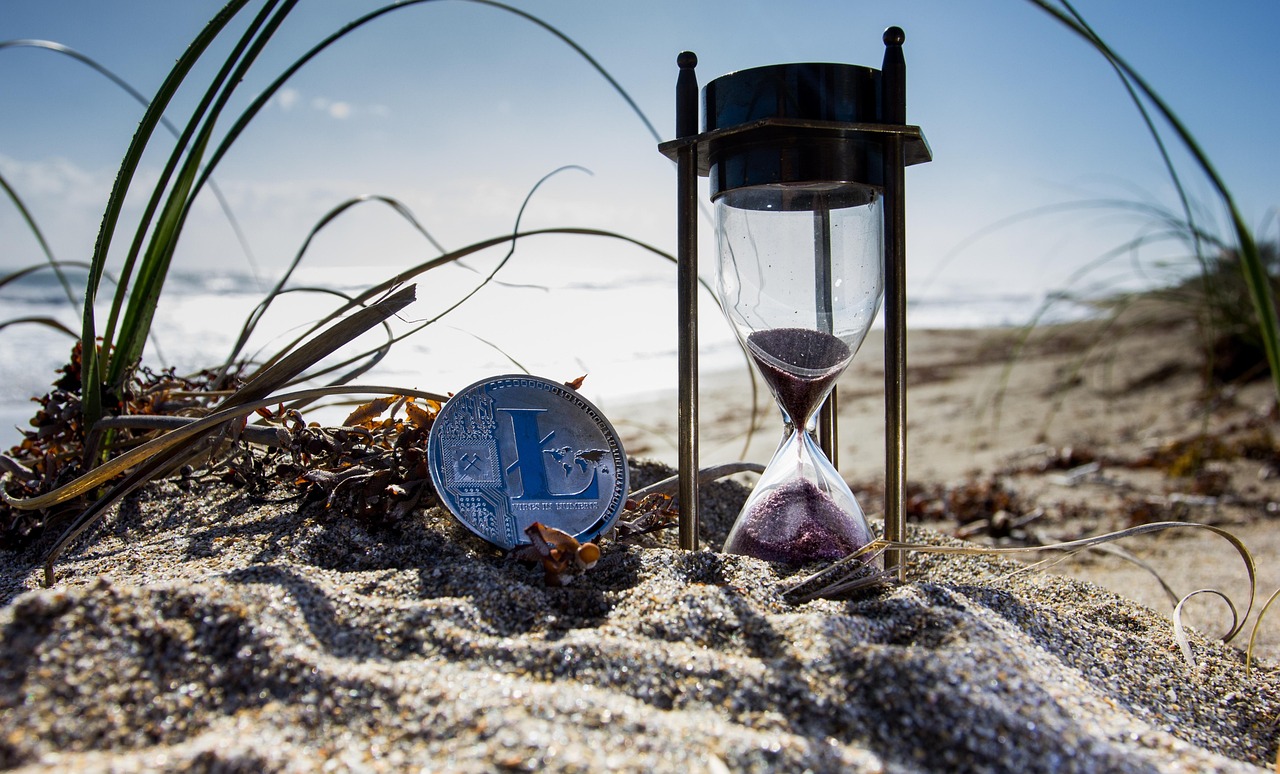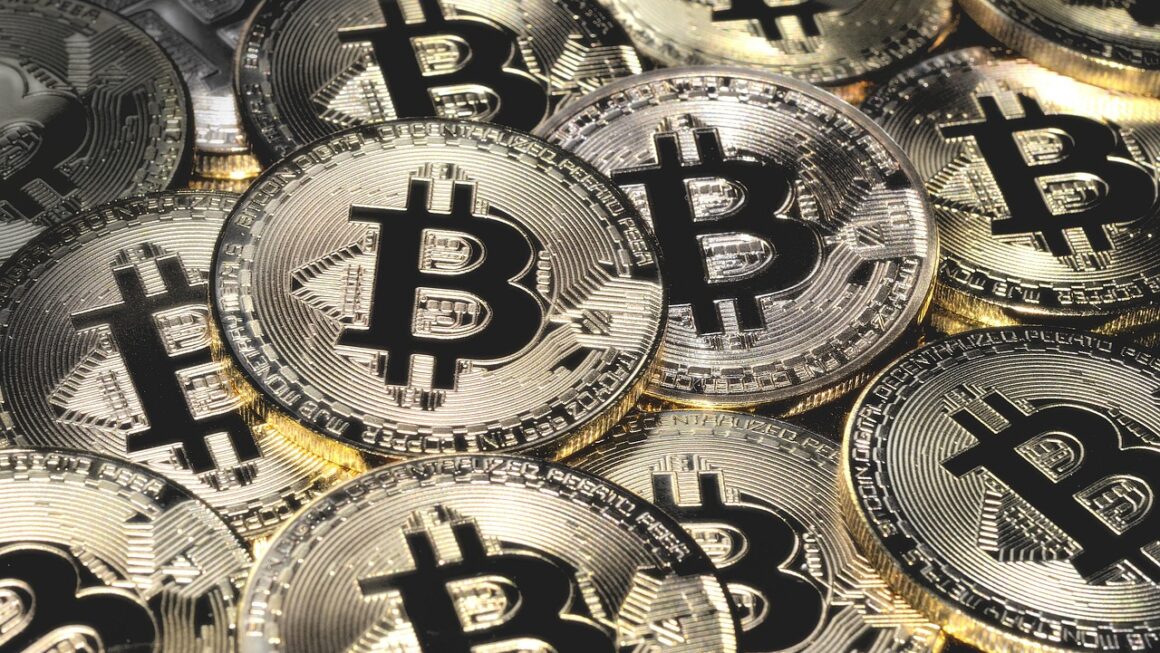Are you intrigued by the buzz surrounding cryptocurrency and digital assets? In today’s rapidly evolving financial landscape, understanding crypto assets is becoming increasingly crucial for investors, businesses, and anyone interested in the future of finance. This comprehensive guide delves into the world of crypto assets, exploring their types, benefits, risks, and how to navigate this innovative space.
What are Crypto Assets?
Defining Crypto Assets
Crypto assets are digital or virtual assets designed to work as a medium of exchange using cryptography to secure transactions and to control the creation of new units. Unlike traditional assets, they don’t rely on central authorities like governments or banks. Instead, they operate on decentralized technologies, primarily blockchain. The key characteristics include:
- Digital: Existing only in electronic form.
- Decentralized: Operated on a distributed ledger, like a blockchain.
- Cryptographically Secured: Uses encryption to secure transactions and ownership.
Types of Crypto Assets
The crypto asset landscape is diverse and constantly evolving. Here are some key categories:
- Cryptocurrencies: Like Bitcoin (BTC) and Ethereum (ETH), designed to function as currencies. Bitcoin, the first and most well-known cryptocurrency, aims to be a peer-to-peer electronic cash system. Ethereum extends this with smart contract functionality.
- Stablecoins: Cryptocurrencies designed to maintain a stable value, typically pegged to a fiat currency like the US dollar. Examples include Tether (USDT) and USD Coin (USDC). They aim to provide the stability of traditional currencies within the crypto ecosystem.
- Utility Tokens: Provide access to a specific product or service on a blockchain platform. For example, a token might grant access to premium features on a decentralized application (dApp).
- Security Tokens: Represent ownership in a real-world asset, like a company or property, and are subject to securities regulations. They offer the potential for fractional ownership and increased liquidity.
- Non-Fungible Tokens (NFTs): Unique digital assets representing ownership of a specific item or piece of content, like art, music, or virtual land. Each NFT is unique and cannot be replicated, making them valuable collectibles. For instance, the NFT artwork “Everydays: The First 5000 Days” by Beeple sold for $69 million at auction.
The Benefits of Investing in Crypto Assets
Diversification
Crypto assets offer a way to diversify your investment portfolio. Their low correlation with traditional assets like stocks and bonds can potentially reduce overall portfolio volatility. A study by CoinShares found that adding a small allocation of Bitcoin to a traditional portfolio could improve risk-adjusted returns.
High Potential Returns
While highly volatile, crypto assets have the potential for significant returns. Early investors in Bitcoin and Ethereum, for example, saw massive gains. However, past performance is not indicative of future results, and significant losses are possible.
Decentralization and Transparency
The decentralized nature of crypto assets reduces reliance on intermediaries and can increase transparency. Blockchain technology allows for verifiable and immutable records of transactions.
Accessibility
Crypto assets offer accessibility to a global market, 24/7 trading, and lower barriers to entry compared to traditional investments. Individuals in regions with limited access to traditional banking services can participate in the crypto economy.
Risks Associated with Crypto Assets
Volatility
Crypto asset prices can be highly volatile, experiencing rapid and significant fluctuations. This volatility can lead to substantial gains but also significant losses. For example, Bitcoin has experienced price swings of over 50% in short periods.
Regulatory Uncertainty
The regulatory landscape surrounding crypto assets is still evolving and varies significantly across jurisdictions. Changes in regulations could impact the value and legality of crypto assets.
Security Risks
Crypto assets are vulnerable to hacking, theft, and fraud. Storing crypto assets securely is crucial. Using hardware wallets and enabling two-factor authentication on exchanges are essential security practices. The collapse of Mt. Gox, a major Bitcoin exchange, due to a security breach highlights the importance of safeguarding your assets.
Complexity
Understanding the technology and economics behind crypto assets can be complex. Thorough research and due diligence are necessary before investing. It’s crucial to understand concepts like blockchain technology, consensus mechanisms, and tokenomics.
How to Buy and Store Crypto Assets
Choosing an Exchange
Selecting a reputable and secure cryptocurrency exchange is crucial. Consider factors like:
- Security: Measures in place to protect user funds and data.
- Fees: Transaction fees, withdrawal fees, and other charges.
- Supported Cryptocurrencies: The range of crypto assets available for trading.
- User Interface: Ease of use and functionality.
- Customer Support: Availability and responsiveness of customer service.
Examples of popular exchanges include Coinbase, Binance, Kraken, and Gemini.
Setting up a Wallet
A crypto wallet is used to store, send, and receive crypto assets. There are different types of wallets:
- Software Wallets: Applications installed on your computer or smartphone. These are convenient but can be vulnerable to hacking if your device is compromised. Examples include Exodus and Trust Wallet.
- Hardware Wallets: Physical devices that store your private keys offline, providing a high level of security. Examples include Ledger and Trezor.
- Exchange Wallets: Wallets provided by cryptocurrency exchanges. While convenient for trading, they are generally less secure than hardware or software wallets, as you do not control your private keys.
It is highly recommended to store large amounts of crypto assets in a hardware wallet for enhanced security.
Best Practices for Security
- Enable Two-Factor Authentication (2FA): Adds an extra layer of security to your exchange and wallet accounts.
- Use Strong, Unique Passwords: Avoid using the same password for multiple accounts.
- Keep Your Software Up-to-Date: Regularly update your wallet and exchange applications to patch security vulnerabilities.
- Be Wary of Phishing Scams: Never click on suspicious links or share your private keys with anyone.
- Backup Your Wallet: Create a backup of your wallet’s seed phrase (recovery phrase) and store it securely offline.
Crypto Assets and the Future of Finance
Decentralized Finance (DeFi)
DeFi is a rapidly growing sector that aims to recreate traditional financial services, like lending and borrowing, on decentralized blockchains. It offers potential benefits like increased transparency, accessibility, and efficiency. However, DeFi also comes with risks, including smart contract vulnerabilities and regulatory uncertainty. Popular DeFi platforms include Aave, Compound, and Uniswap.
Institutional Adoption
Increasing institutional interest in crypto assets suggests a growing acceptance and integration into the mainstream financial system. Companies like Tesla and MicroStrategy have invested significant amounts of their corporate treasury in Bitcoin. This institutional adoption can provide greater liquidity and stability to the crypto market.
The Metaverse and Web3
Crypto assets are playing a crucial role in the development of the metaverse and Web3, the next iteration of the internet. NFTs are used to represent ownership of virtual assets in the metaverse, and cryptocurrencies are used for transactions within these virtual worlds. The use of crypto assets in these emerging technologies could unlock new economic opportunities and creative expression.
Conclusion
Crypto assets represent a revolutionary shift in the financial landscape, offering exciting opportunities and potential risks. While the market can be volatile and complex, understanding the fundamentals of crypto assets, practicing proper security measures, and conducting thorough research are essential for navigating this innovative space. As the technology continues to evolve and regulations become clearer, crypto assets are poised to play an increasingly significant role in the future of finance. Whether you’re a seasoned investor or just beginning to explore this new asset class, staying informed is key to making sound decisions and harnessing the potential of crypto assets.
Read our previous article: Nanotech: Quantum Leaps In Personalized Medicines Future
For more details, see Investopedia on Cryptocurrency.




